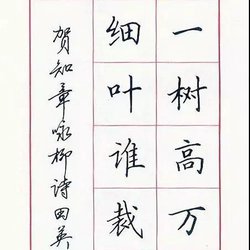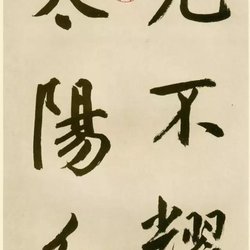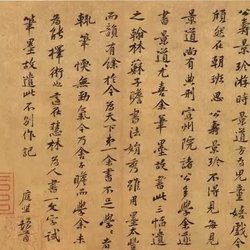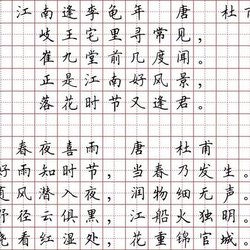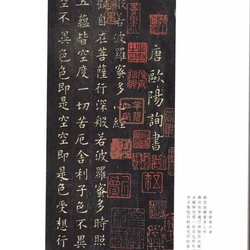The "Diamond Sutra" handwritten by Su Dongpo combines the profound philosophy of the supreme Buddhist "Diamond Sutra" with the vivid calligraphy of Su Dongpo, a leading literary figure. It is a rare masterpiece of calligraphy in Chinese history. Su Dongpo was a literary master of his generation who made great achievements in various fields of poetry, prose, calligraphy and painting. His calligraphy achievement ranks first among the "Four Calligraphy Masters of the Song Dynasty". His calligraphy is not only round, beautiful and full of talent, but also full of "the spirit of writing and learning", which is meaningful, profound and thought-provoking. Su Shi also had a deep connection with Buddhist Zen. He not only read Buddhist scriptures well and had a thorough understanding of Buddhist principles, but also infiltrated Buddhist thoughts into his literary creations. 15CiLian.com will share with you the appreciation of Su Shi's regular script calligraphy of "Diamond Sutra".
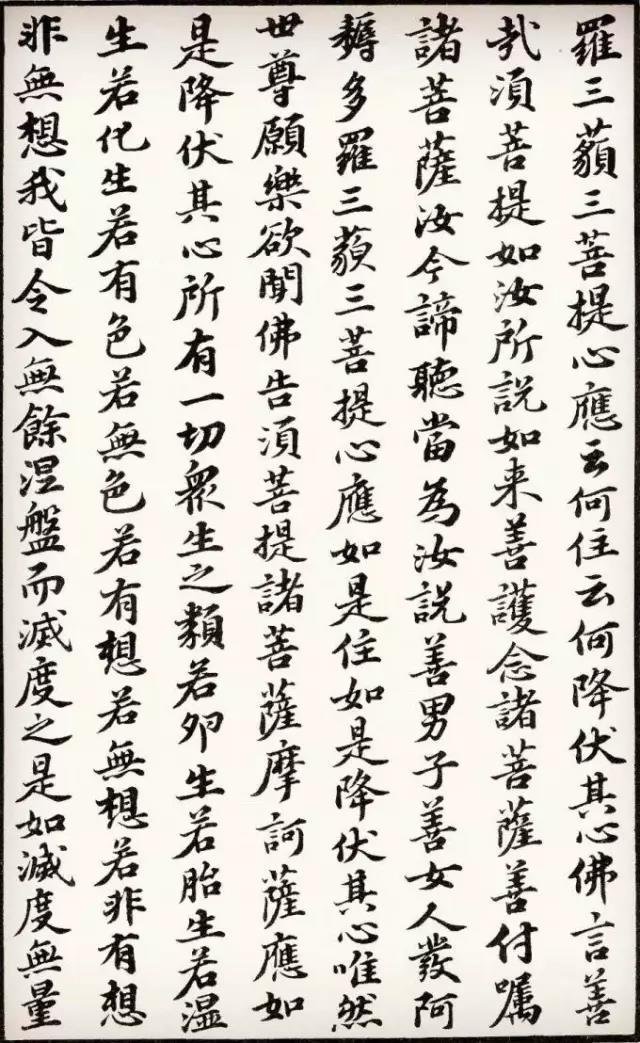
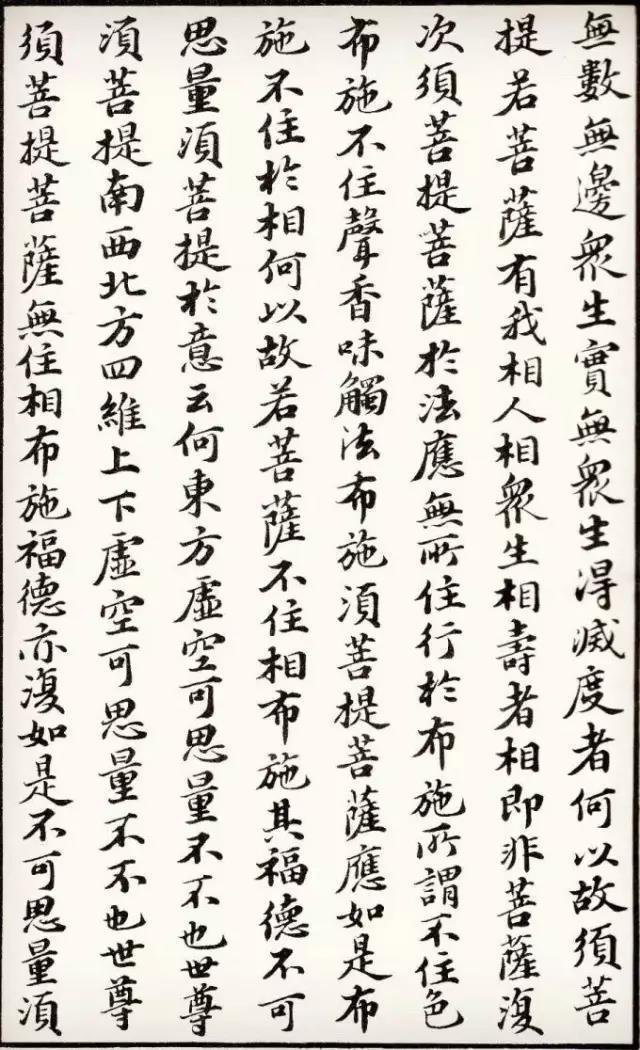
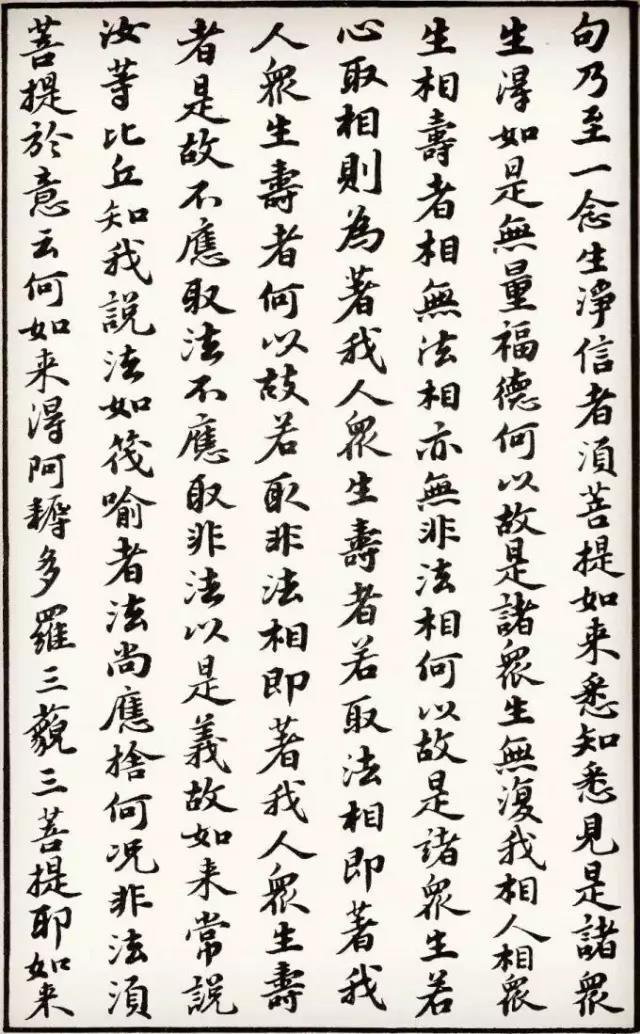
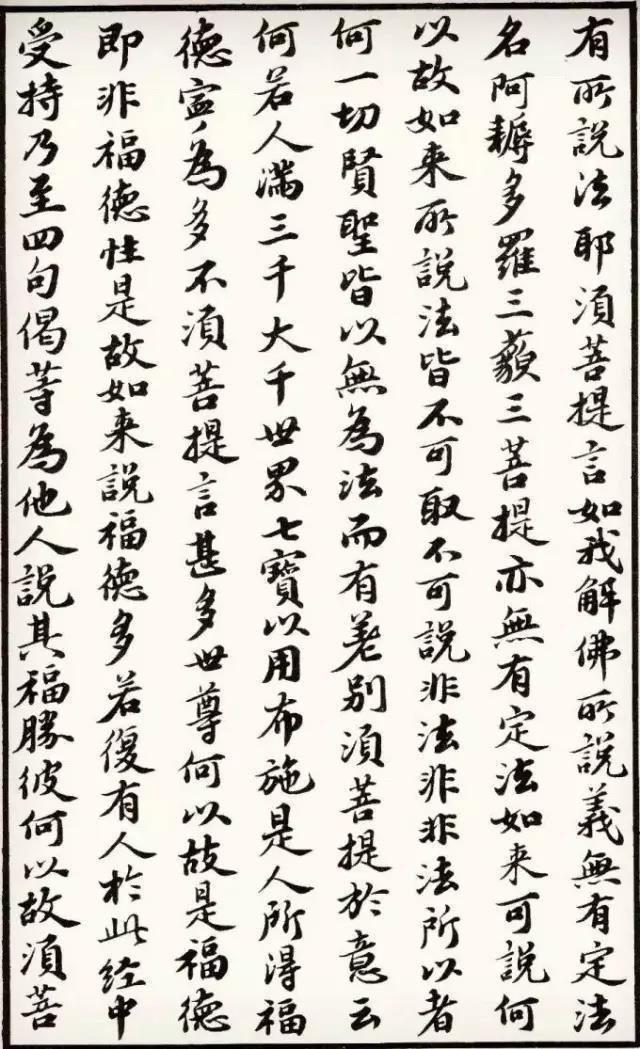
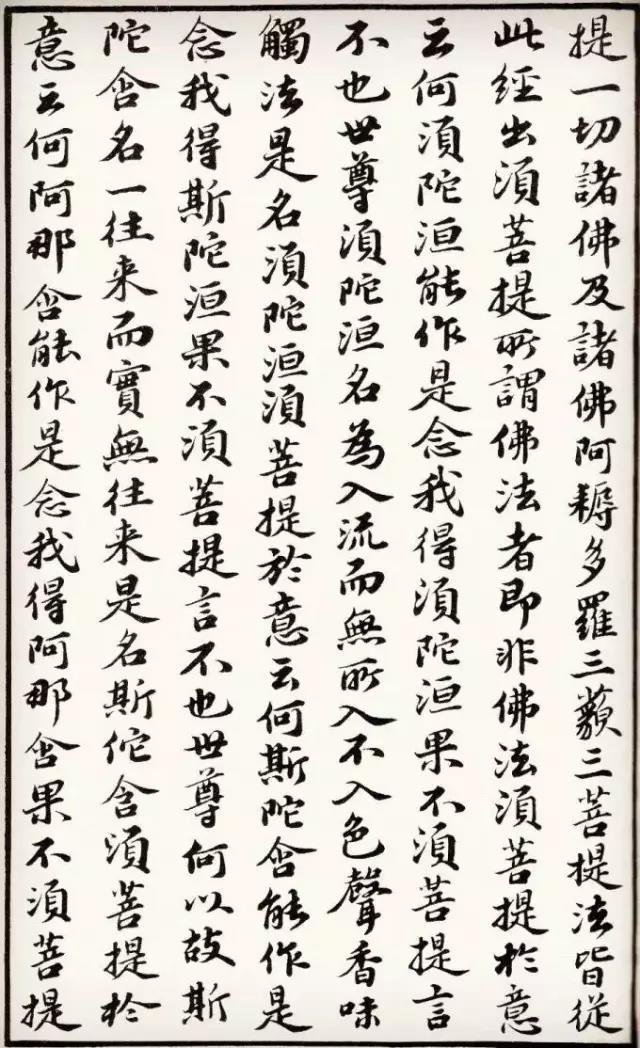
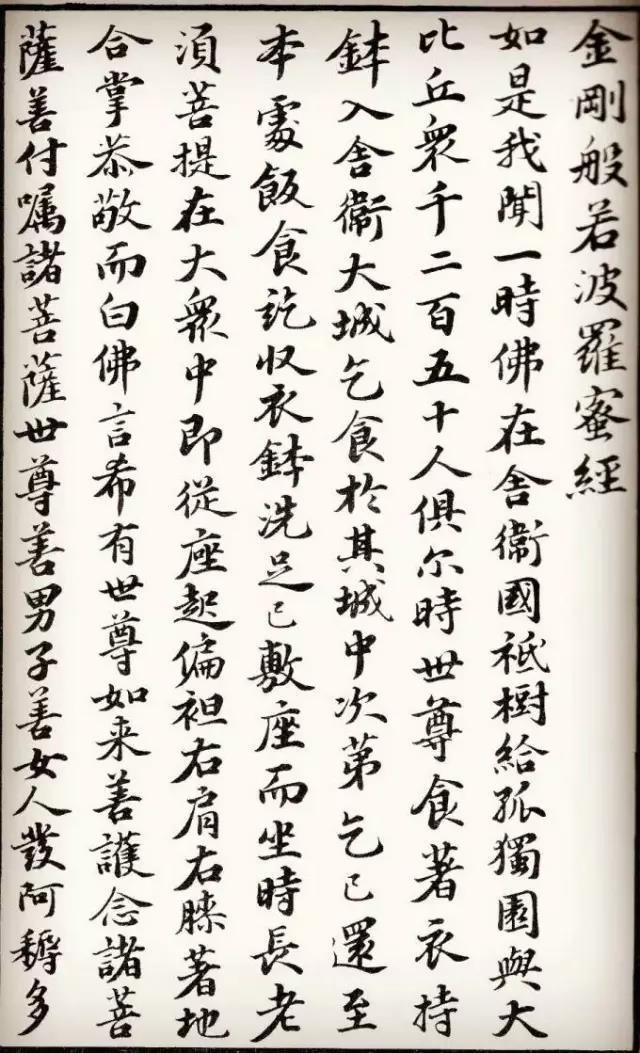
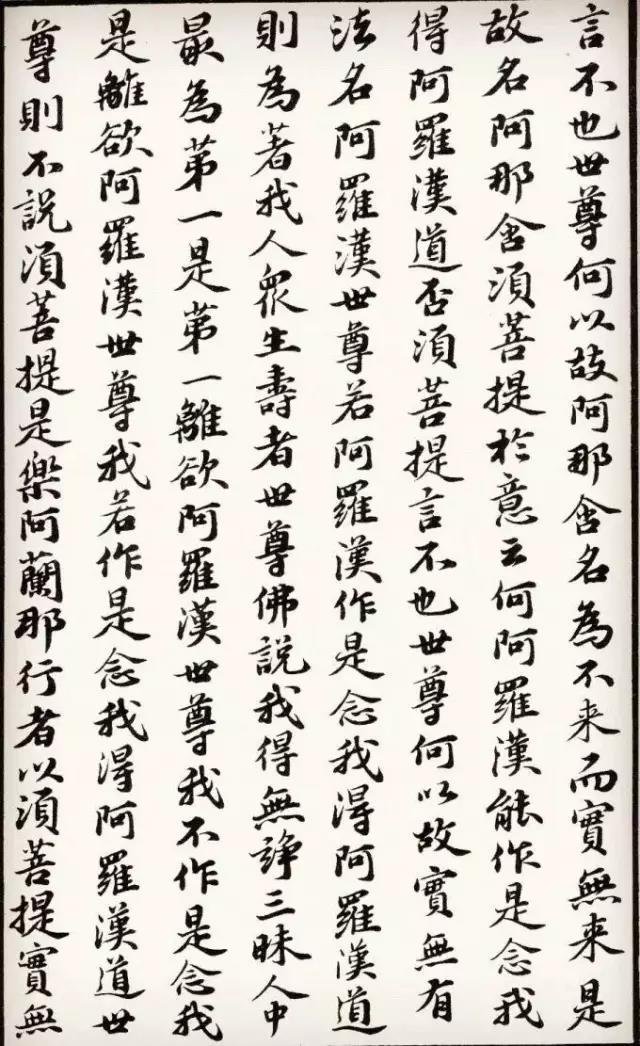
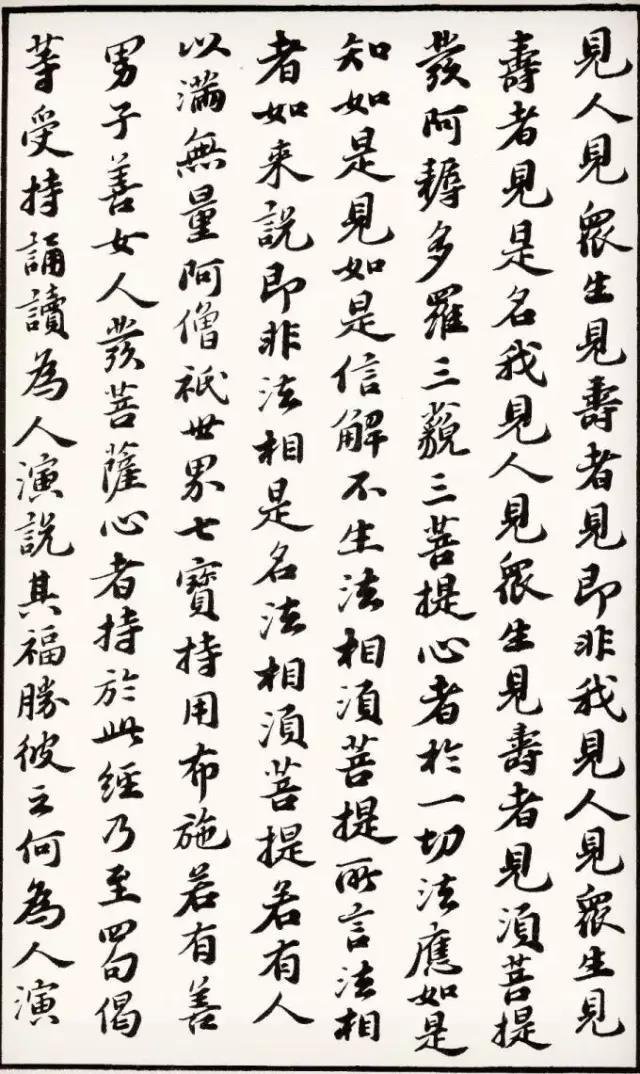
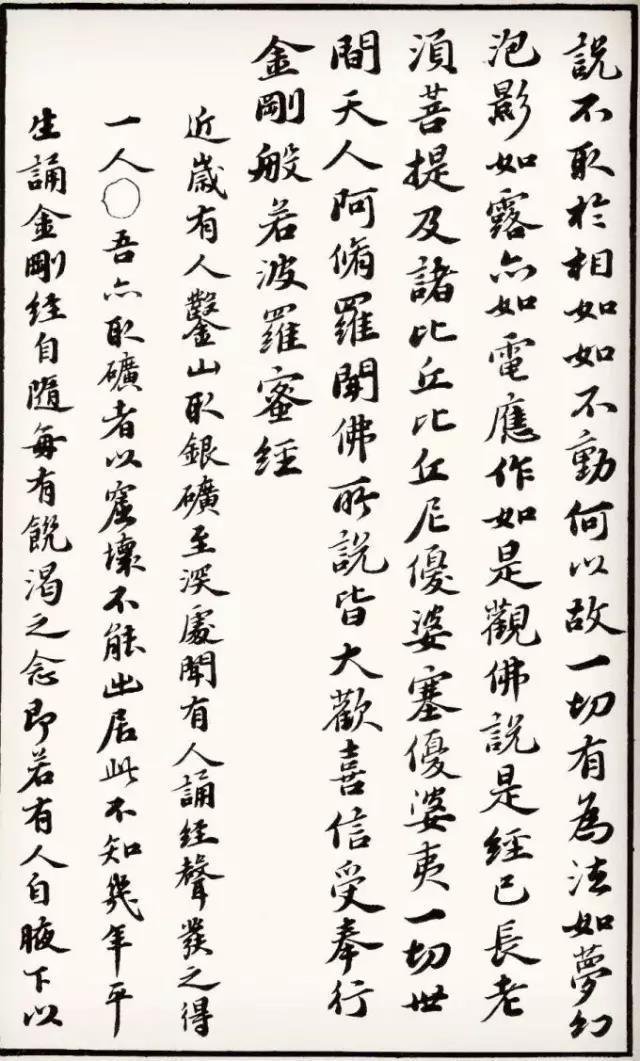
The Diamond Sutra is an important Buddhist classic, and its full name varies slightly depending on the translation. "Diamond Sutra", the full name is "Vajra Prajnaparamita Sutra". "King Kong" is a metaphor for the indestructible essence of gold; "Prajna" means "wisdom"; "Paramit" means "to the other shore". The meaning of the sutra title is to use the immortal body of Vajra and the ambition of extraordinary wisdom to reach the other shore. The Diamond Sutra is one of the main classics of Zen Buddhism. It was translated by Kumarajiva, a monk from India who came to China in the fourth year of Emperor Yao Xing's reign in the Eastern Jin Dynasty (AD 402), and has become the most widely circulated text. A Mahayana Buddhist sutra. From ancient times to the present, many famous calligraphers have written the Diamond Sutra. Let us not only appreciate the wisdom of space in the Diamond Sutra, but also appreciate the famous calligraphy inscriptions written by everyone in the past.

